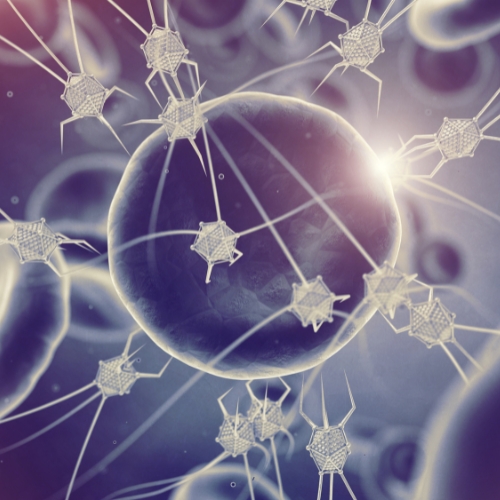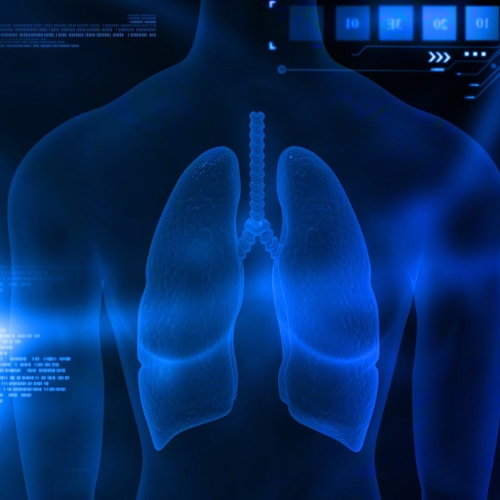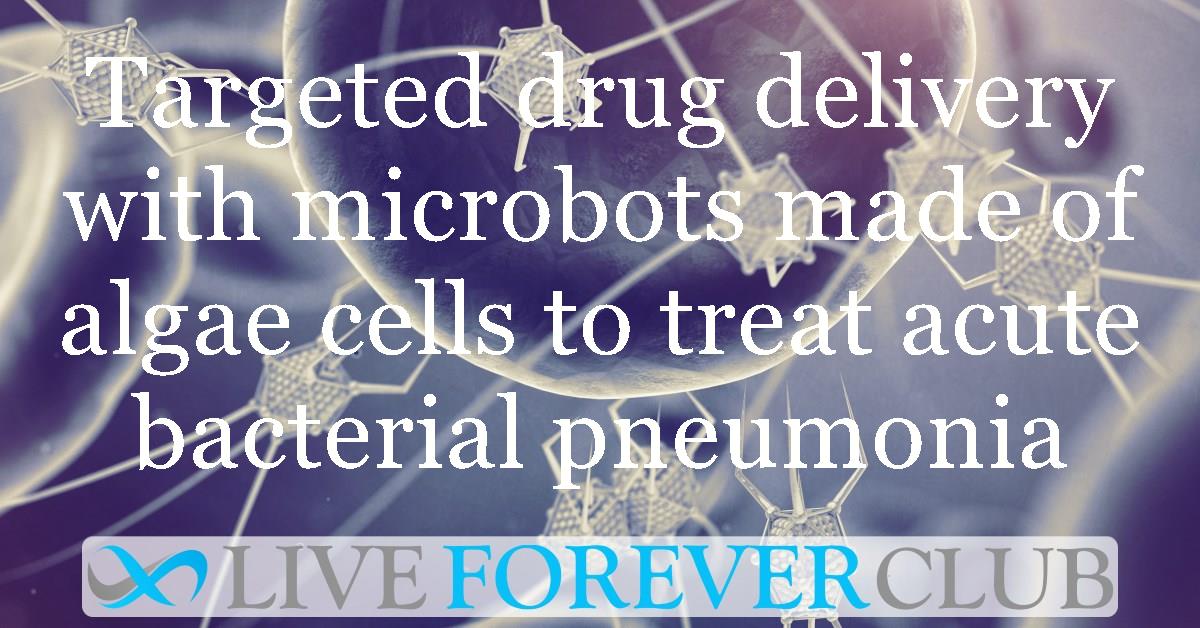Key points from article :
Nanoengineers have developed microrobots, that can swim around in the lungs, and deliver medication against bacterial pneumonia in mice with 100% survival.
Whereas, untreated mice died within three days after infection.
The microrobots are made of algae cells (providing movement) whose surfaces are speckled with antibiotic-filled nanoparticles.
The nanoparticles contain antibiotics and are coated with neutrophil cell membranes.
Treatment with microrobots was more effective than an IV injection of antibiotics into the bloodstream.
A dose of microrobots provided 500 nanograms of antibiotics per mouse, while an IV injection provided 1.644 milligrams.
“These results show how targeted drug delivery combined with active movement from the microalgae improves therapeutic efficacy,” said nanoengineering professor Joseph Wang.
The study was carried out at the University of California San Diego and was published in Nature Materials.








